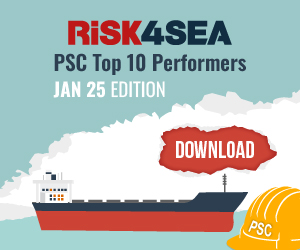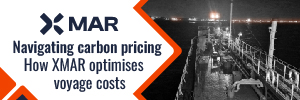Unsafe cargo and unsafe anchorage resulted in the loss of ship The Nautical Institute has issued Mars Report regarding an accident occurred due to unsafe loading of nickel ore and unsafe anchorage which resulted in the loss of ship. The IncidentA bulk carrier was to load a cargo of nickel ore from barges intofive holds. During loading, which took approximately three weeks,intermittent rainfall caused interruptions in loading. The ore on thebarges had to be covered over with tarpaulins and the holds on thevessel had to be closed. The crew of the vessel carried out a 'can test'of the ore on each barge before transfer to the vessel.If the test failed,an 'oven drying test' was done to determine the moisture content ofthe ore. If the moisture content was found to exceed the TransportableMoisture Limit (TML was 34.80%), the cargo in the barge wouldnormally be rejected.However, records indicate that on at least two occasions cargo wasaccepted with moisture contents of 35.54% and 37% respectively.Oncethe loading was completed, the holds were trimmed and pressed bymeans of cargo grabs; each cargo hold was about half-full. Calculationsshowed the vessel's intact stability met the requirements of theInternational Code on Intact Stability, 2008. About a week after ...
Read moreDetails



























































